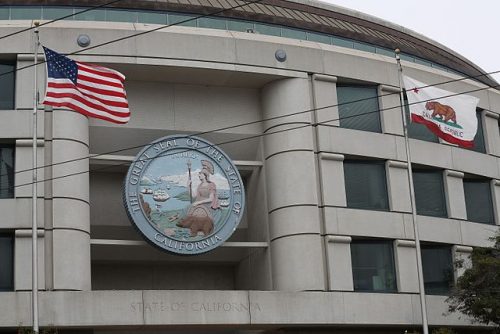
Evolving net energy metering in California
The Clean Coalition is heavily engaged in the net energy metering proceeding at the California Public Utilities Commission.
The California Public Utilities Commission (CPUC) is currently engaged in arulemakingthat will develop a successor to the existing net energy metering (NEM) tariff for eligible customer-generators. The existing NEM tariff is an important program that has spurred the growth of renewable distributed generation (DG). It allows customer-generators who install small solar, wind, and biogas generation facilities to receive a financial credit for power generated onsite and fed back to the grid. California law requires the Commission to adopt the successor tariff or standard contract by December 31, 2015.
 The Clean Coalition is heavily engaged in the proceeding for multiple reasons. Generally, we seek to ensure that the program continues to promote the growth of renewable DG. Our organization advocates that NEM encourage the development of projects greater than 1 megawatt (MW) in size, as well as those deployed by non-residential customers. Further, we promote a hybrid approach where a customer-generator avoids buying energy at theretail rate bygenerating and using energy onsite.The customer-generator is alsopaid a feed-in tariff (FIT) rate for all energy exported to the grid. Finally, we want to ensure that the proceeding is aligned with the significant developments occurring in the CPUC’s Distribution Resources Planning (DRP) proceeding, which was initiated by AB 327.
The Clean Coalition is heavily engaged in the proceeding for multiple reasons. Generally, we seek to ensure that the program continues to promote the growth of renewable DG. Our organization advocates that NEM encourage the development of projects greater than 1 megawatt (MW) in size, as well as those deployed by non-residential customers. Further, we promote a hybrid approach where a customer-generator avoids buying energy at theretail rate bygenerating and using energy onsite.The customer-generator is alsopaid a feed-in tariff (FIT) rate for all energy exported to the grid. Finally, we want to ensure that the proceeding is aligned with the significant developments occurring in the CPUC’s Distribution Resources Planning (DRP) proceeding, which was initiated by AB 327.
The CPUC is currently developing a methodology known as the “Public Tool” that will test options for a successor to the existing NEM tariffs. Parties will be able to use the tool to explore the costs and benefits of the successor tariff under different conditions. The Clean Coalition hasfiled multiple sets of commentsto guide the development of the Public Tool–generally focused on incorporating locational value into the tool and aligning NEM 2.0 with AB 327’s requirement for utilities to develop Distribution Resources Plans.
Most recently, on February 23, the Administrative Law Judge overseeing the proceeding issued a ruling seeking comment on policy issues of the successor standard contract or tariff. The policy issues concern both the statutory requirements for the successor tariff/standard contract and additional elements that are part of the overall administration of the program. The Clean Coalition submitted comments responding to a number of questions the ruling raised, including issues concerning interconnection, promoting uptake of the program in disadvantaged communities, and sustainable growth of renewable DG.
The Clean Coalition will continue to be active in the proceeding–urging the Commission to adopt policies that will promote increased adoption of customer-sited renewable DG. We intend to file reply comments on the policy issues of the program on March 30, and will continue to guide the development of the Public Tool as it progresses to its final form in the second quarter of 2015. The successor contract/tariff has the opportunity to create a robust market for the sustained growth of clean energy in California, and the Clean Coalition will be at the forefront of these policy developments.

